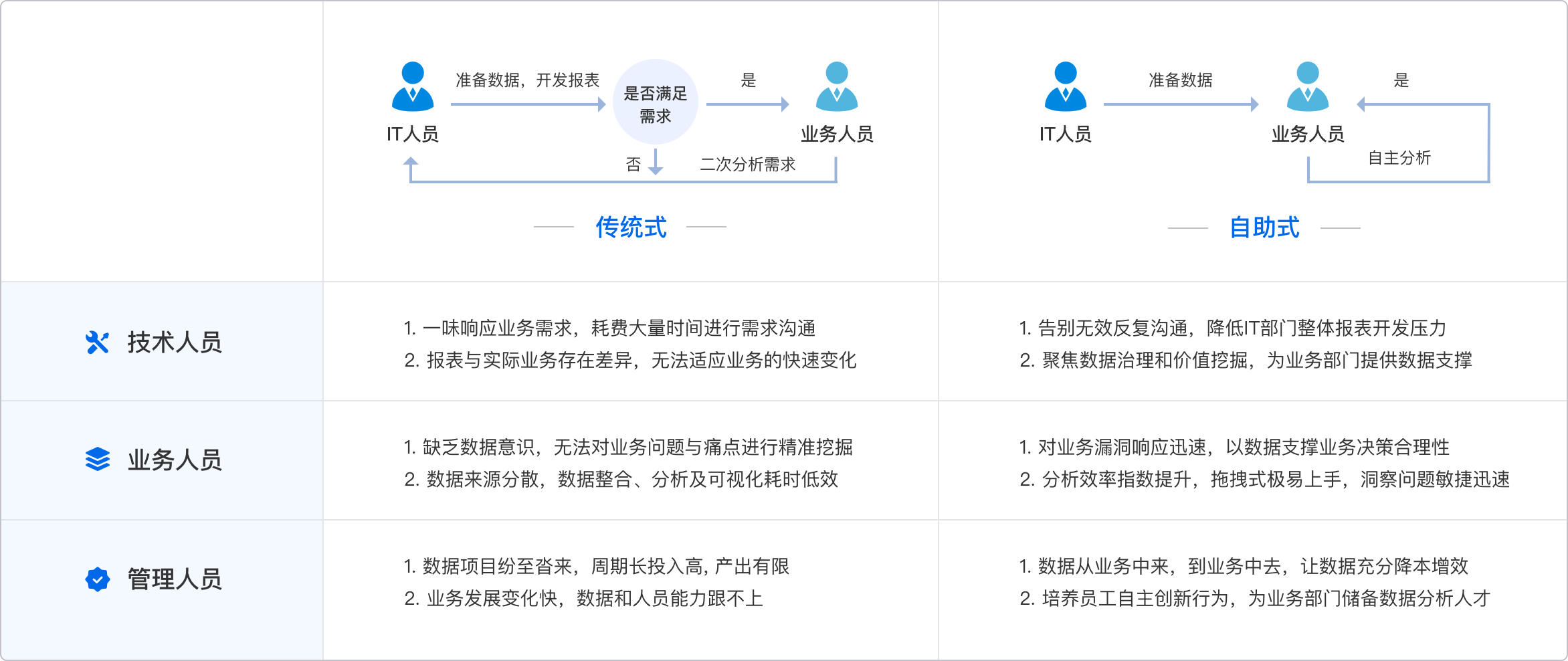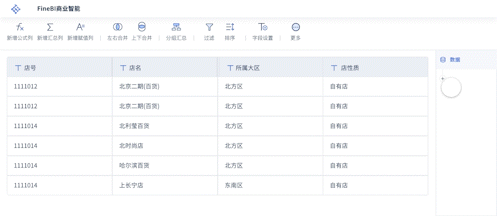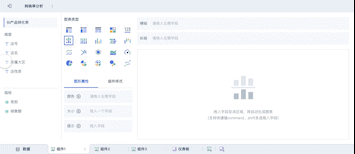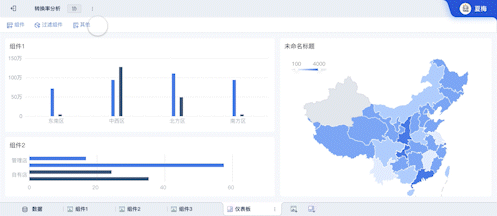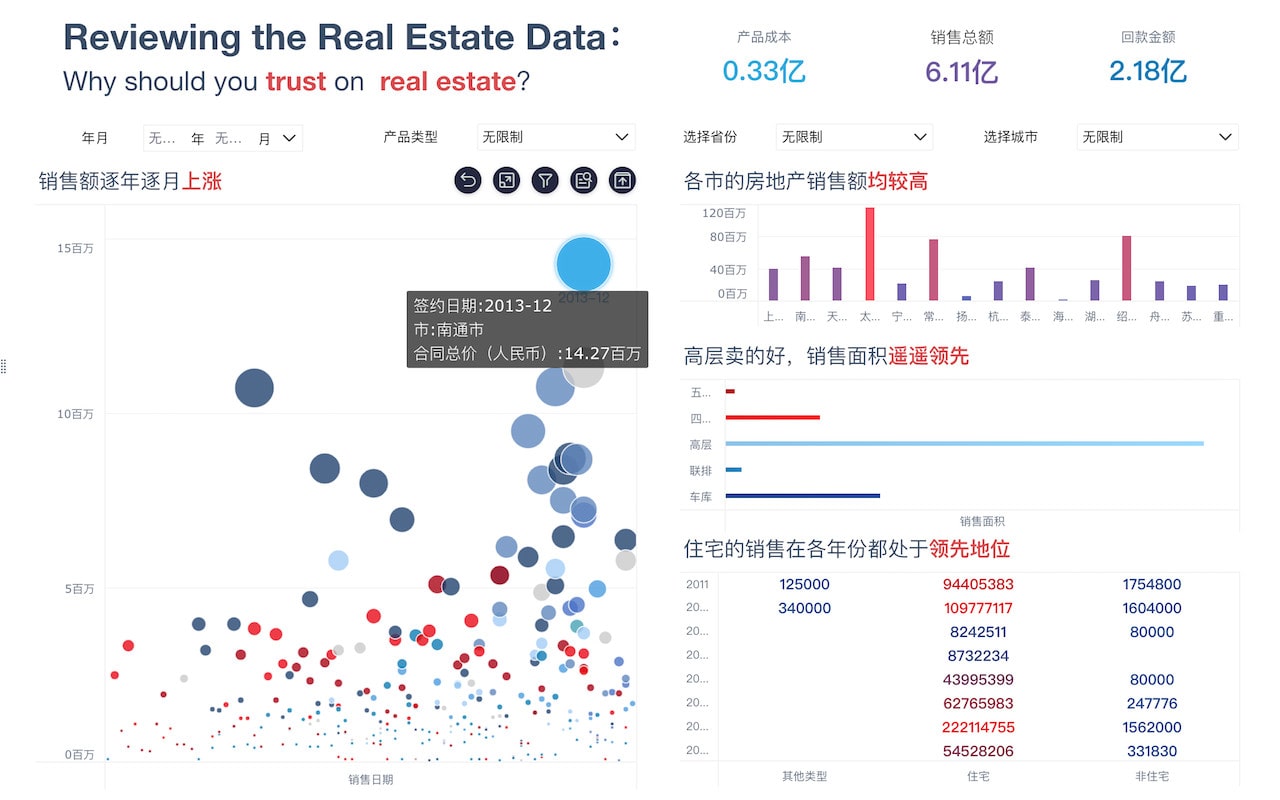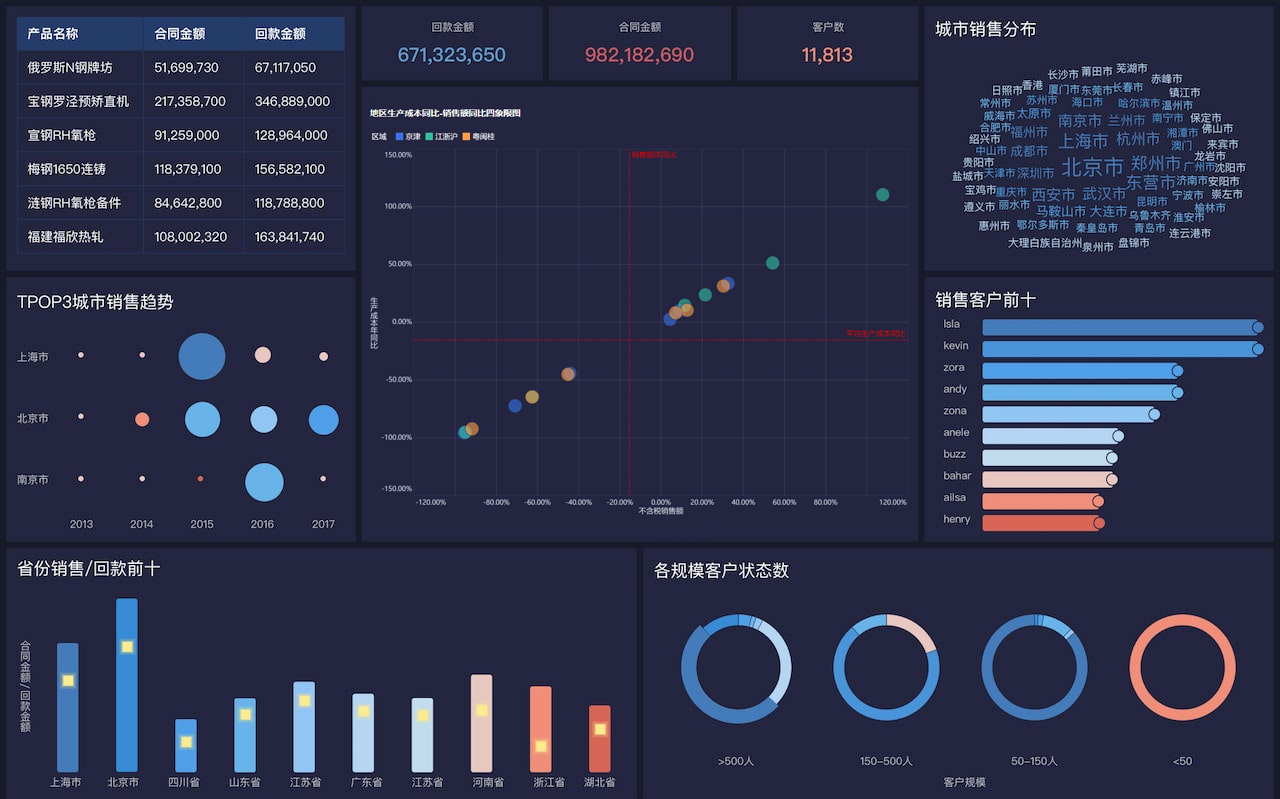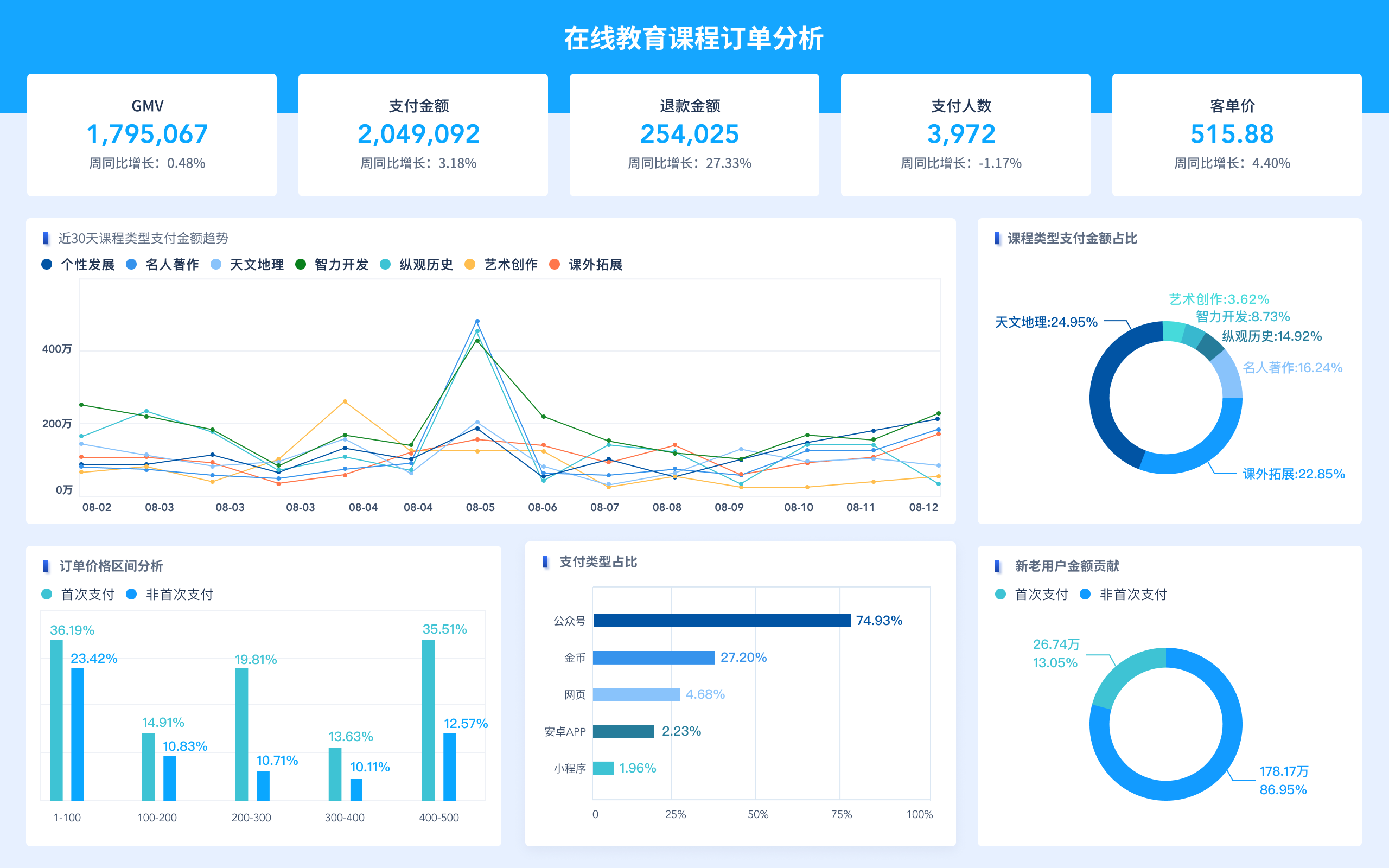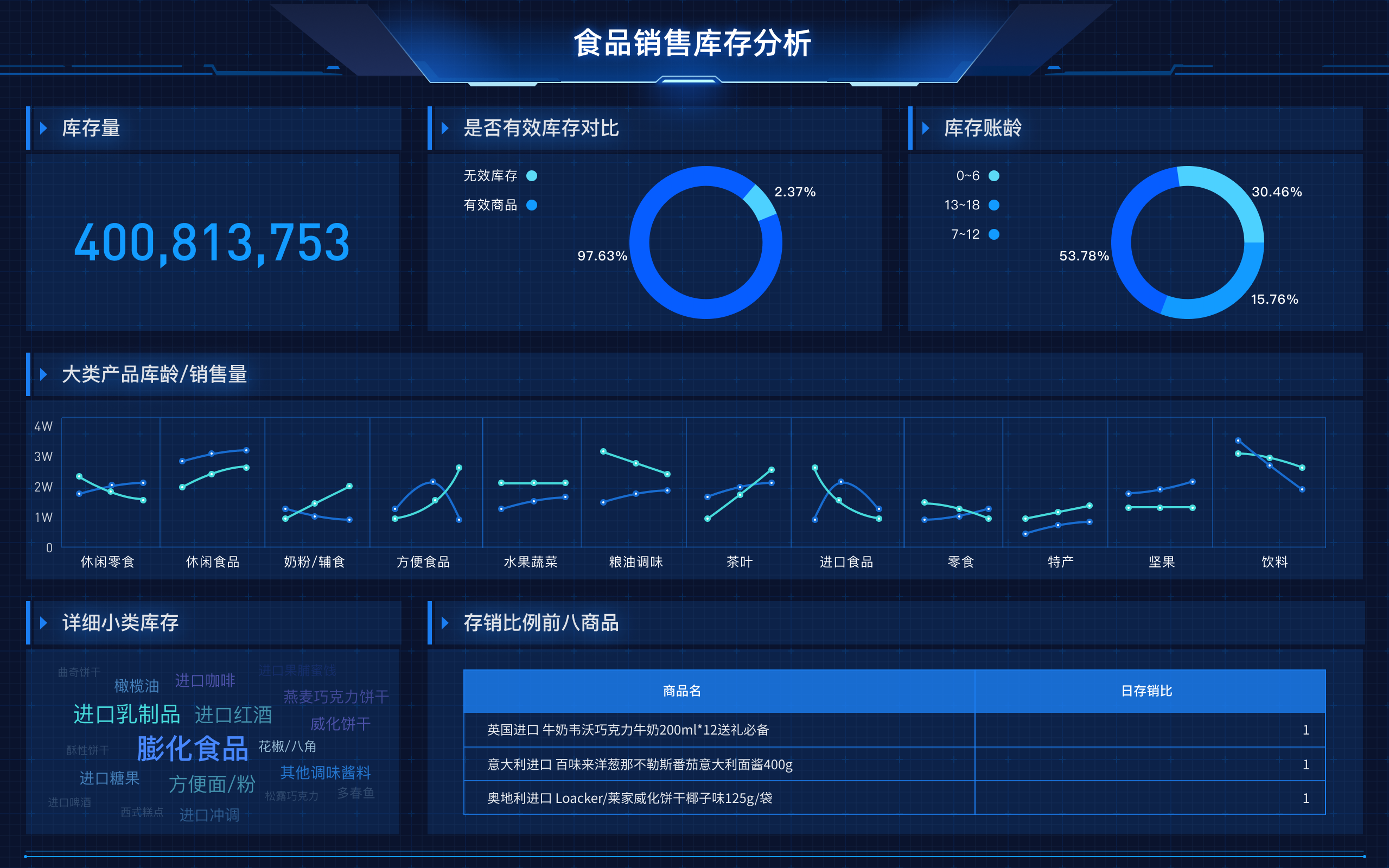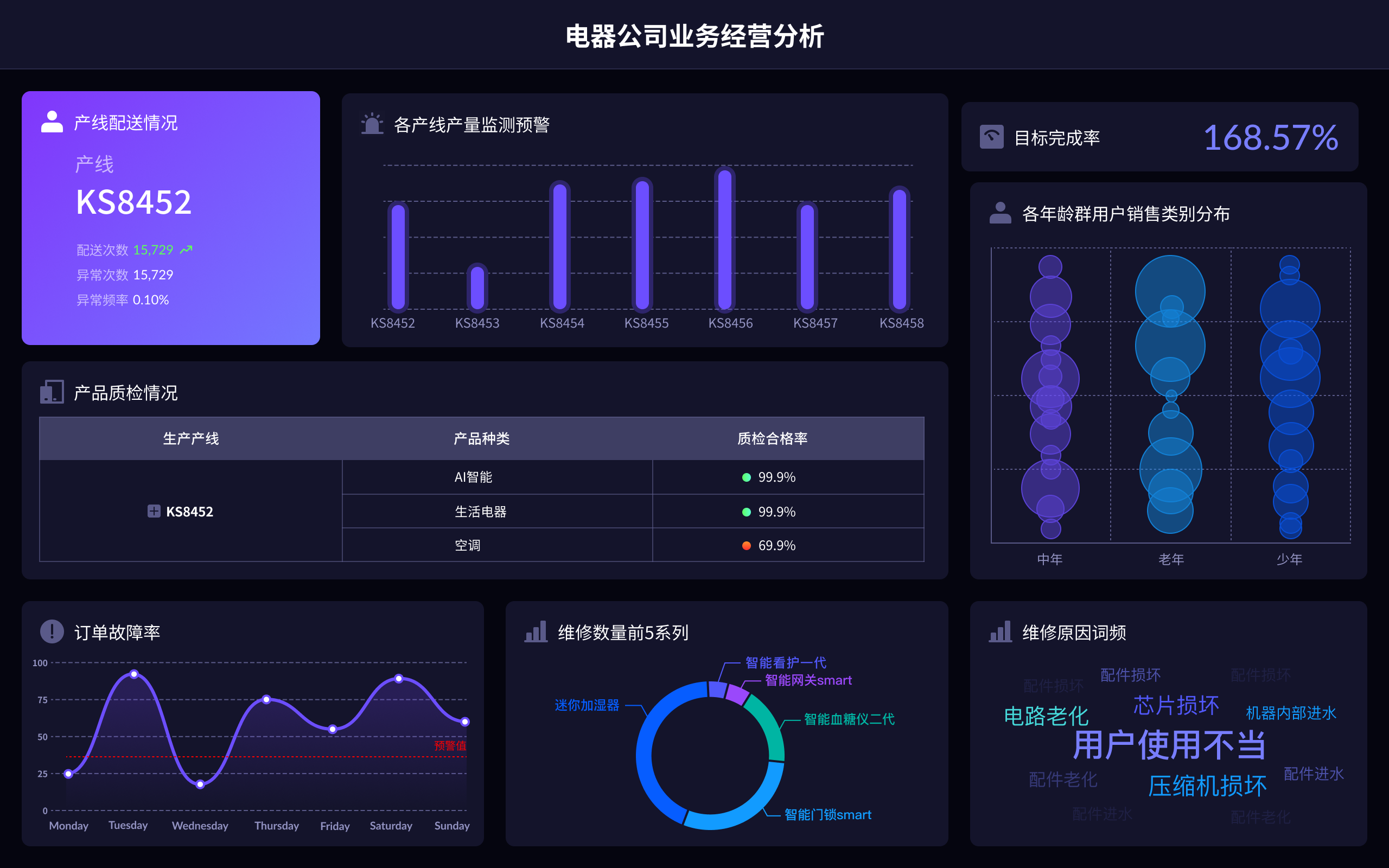
Data integrators are crucial for ensuring that disparate data sources work together seamlessly. They enable efficient data management, enhance decision-making capabilities, and improve data accuracy and consistency. One key aspect is how data integrators streamline data from multiple sources into a unified system, facilitating easier access and analysis. This process is critical for businesses that rely on diverse data streams, ensuring that all relevant information is consolidated and accessible in real-time. By doing so, data integrators help organizations optimize operations, reduce redundancy, and gain valuable insights.
I. DEFINITION AND ROLE OF DATA INTEGRATORS
Data integrators are specialized tools or platforms that consolidate data from various sources into a single, cohesive view. They play a vital role in modern data management by ensuring that data from different systems, formats, and locations can be accessed and analyzed together. This integration process involves data extraction, transformation, and loading (ETL), where data is collected from multiple sources, transformed into a common format, and loaded into a central repository, such as a data warehouse.
II. KEY BENEFITS OF DATA INTEGRATION
Enhanced Decision-Making: By providing a unified view of data, integrators enable more informed and timely decision-making. Access to comprehensive data allows businesses to identify trends, make accurate predictions, and develop effective strategies.
Improved Data Accuracy and Consistency: Integrators ensure that data from different sources is standardized and consistent. This reduces the risk of errors and discrepancies, leading to more reliable data.
Operational Efficiency: Data integration streamlines operations by eliminating the need to manually consolidate data from various sources. This automation saves time and reduces the potential for human error.
Scalability: Modern data integrators are designed to handle large volumes of data, making them suitable for organizations of all sizes. They can scale with the growth of a business, ensuring that data management processes remain efficient.
Compliance and Governance: Integrators help organizations comply with data governance and regulatory requirements by ensuring that data is accurate, secure, and accessible.
III. TYPES OF DATA INTEGRATION
Batch Integration: This method involves collecting data at intervals and integrating it into the system in batches. It is suitable for applications where real-time data is not critical.
Real-Time Integration: This method ensures that data is integrated and available for use as soon as it is generated. It is essential for applications requiring up-to-the-minute information, such as financial trading platforms.
Data Virtualization: This approach allows data to be accessed and queried in real-time without needing to move or copy it. It provides a virtual view of data from multiple sources, enhancing flexibility and reducing storage requirements.
ETL (Extract, Transform, Load): This traditional method involves extracting data from various sources, transforming it into a consistent format, and loading it into a central repository. It is widely used for data warehousing and business intelligence applications.
IV. CHALLENGES IN DATA INTEGRATION
Data Silos: Different departments or systems often have their own data silos, making it difficult to achieve a unified view of data. Overcoming these silos requires effective data integration strategies.
Data Quality: Ensuring the quality of data is a significant challenge. Integrators must handle inconsistencies, duplicates, and incomplete data to provide reliable information.
Complexity: Integrating data from multiple sources with different formats and structures can be complex. It requires robust integration tools and skilled professionals.
Security and Privacy: Protecting data during integration is crucial. Integrators must ensure that sensitive information is secure and comply with privacy regulations.
V. TOOLS AND TECHNOLOGIES FOR DATA INTEGRATION
FineDatalink: FineDatalink, a product by FanRuan, is a powerful data integration tool that supports efficient data management and integration processes. It offers features such as real-time data synchronization, ETL capabilities, and comprehensive data analysis tools. For more information, visit the FineDatalink website.
Apache Kafka: A distributed streaming platform that enables real-time data integration. It is widely used for building real-time data pipelines and streaming applications.
Talend: An open-source data integration tool that provides a range of solutions for ETL, data migration, and cloud integration. It is known for its ease of use and scalability.
Informatica: A leading data integration platform that offers comprehensive tools for data integration, data quality, and data governance. It supports a wide range of data sources and formats.
Microsoft SQL Server Integration Services (SSIS): A component of Microsoft SQL Server that provides data integration and workflow solutions. It is widely used for ETL processes and data warehousing.
VI. FUTURE TRENDS IN DATA INTEGRATION
Artificial Intelligence and Machine Learning: The integration of AI and ML into data integration tools will enhance automation and improve data accuracy. These technologies can identify patterns, predict issues, and optimize integration processes.
Cloud Integration: As more organizations move to the cloud, cloud-based data integration solutions will become increasingly important. These solutions offer scalability, flexibility, and cost-efficiency.
Data Integration as a Service (DIaaS): This emerging trend involves providing data integration capabilities as a service. DIaaS allows organizations to leverage advanced integration tools without the need for significant upfront investments.
Hybrid Integration Platforms: These platforms enable the integration of on-premises and cloud-based data sources. They provide flexibility and support diverse integration scenarios.
Blockchain for Data Integration: Blockchain technology can enhance data security and integrity during integration. It ensures that data is tamper-proof and provides a transparent audit trail.
Data integrators are essential for modern businesses, enabling them to harness the full potential of their data. By understanding their role, benefits, and challenges, organizations can effectively implement data integration solutions to drive growth and innovation.
相关问答FAQs:
FAQ: 什么称为数据集成商?
1. 数据集成商的定义是什么?
数据集成商(Data Integrator)是指那些专门从事将来自不同来源的数据整合成一个统一系统的专业人员或公司。这种整合可以涉及多种数据格式和结构,通过数据集成商的工作,使得这些数据能够在一个系统中无缝地使用和分析。数据集成商通常会使用多种工具和技术来实现数据的提取、转换和加载(ETL),确保数据的一致性和准确性。这种整合不仅能够提高数据的利用效率,还可以为企业提供更全面的分析视角,从而支持决策制定和业务优化。
2. 数据集成商在企业中扮演什么角色?
在企业中,数据集成商扮演着至关重要的角色。他们负责将分散在不同系统中的数据进行汇聚和整合,使其能够在一个统一的平台上进行分析和利用。这一过程通常涉及到数据的清洗、转换以及标准化,确保数据的质量和一致性。通过数据集成,企业能够打破信息孤岛,实现数据的全面可视化,从而提高运营效率和决策能力。数据集成商还可能负责数据仓库的建设和维护,为企业的数据分析提供坚实的基础。
3. 数据集成商常用的技术和工具有哪些?
数据集成商使用多种技术和工具来完成数据整合的任务。常见的技术包括数据提取、转换和加载(ETL)工具,如Apache Nifi、Talend和Informatica。这些工具可以帮助数据集成商自动化数据流的处理过程,减少人为错误的发生。此外,数据集成商还可能使用数据虚拟化技术,将数据整合到一个虚拟层中,而无需物理移动数据。数据仓库技术也是数据集成商的重要工具,例如Amazon Redshift和Google BigQuery,这些技术能够处理大量的数据并提供快速的查询能力。通过这些技术和工具,数据集成商可以高效地管理和整合数据,为企业提供可靠的数据支持。
本文内容通过AI工具匹配关键字智能整合而成,仅供参考,帆软不对内容的真实、准确或完整作任何形式的承诺。具体产品功能请以帆软官方帮助文档为准,或联系您的对接销售进行咨询。如有其他问题,您可以通过联系blog@fanruan.com进行反馈,帆软收到您的反馈后将及时答复和处理。


